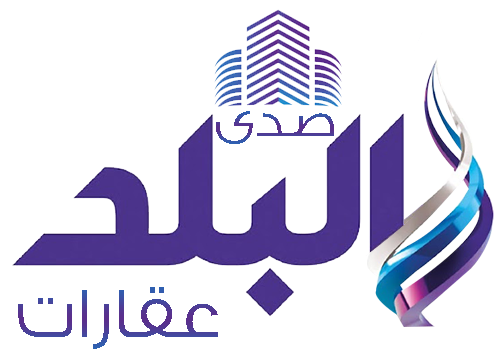During the recent military confrontation between India and Pakistan, a wave of disinformation swept across both nations, so pervasive that it infiltrated even some of India’s most prominent and previously trusted media outlets. Reports of Indian strikes on Pakistani nuclear facilities, downed fighter jets, and a naval attack on Karachi were all broadcast with striking detail. Yet, none of it was true.
In the heat of the four-day conflict, false narratives exploded across social media platforms—AI-generated content, doctored videos, and nationalistic memes blurred the line between fact and fiction. But what particularly alarmed analysts was the mainstream media’s role in legitimising fabricated stories. News channels that once prided themselves on journalistic independence eagerly aired unverified claims, with some anchors acting more like cheerleaders for war than objective reporters.
One of the most widely circulated reports claimed the Indian Navy had bombed Pakistan’s Karachi port—allegedly crippling its vital oil and trade infrastructure. News networks showed maps and graphics of supposed strike zones, igniting online discussions and trending hashtags. However, fact-checkers quickly debunked these claims, revealing that the visuals were in fact from Gaza. The Indian Navy itself later confirmed no such strike had occurred.
“This wasn’t just anonymous misinformation on the internet,” said Sumitra Badrinathan, a political science professor at American University. “These were fabricated stories carried by journalists and outlets people once trusted.” She warned that such breakdowns in media credibility represent a serious threat to democratic discourse—particularly in conflict zones where audiences are already primed to accept aggressive, nationalistic narratives.
India’s journalism sector has seen significant transformation in recent years, with increasing state influence and growing pressure on media houses to align with government messaging. Under Prime Minister Narendra Modi, critics say the space for dissent and independent reporting has narrowed, while government-friendly channels have gained prominence.
Independent fact-checkers like Alt News, which has exposed falsehoods aired by major TV stations including Aaj Tak and News18, are fighting an uphill battle. Its co-founder, Pratik Sinha, said the "information ecosystem is broken," noting that while fact-checking helps, it often comes at a cost—including harassment and legal battles.
Veteran journalist Rajdeep Sardesai of India Today issued a rare public apology after his channel aired unverified reports about downed Pakistani jets. Speaking later on his YouTube vlog, he admitted that the media had fallen into the trap of "right-wing disinformation" disguised as national interest.
Experts like Carnegie Mellon’s Daniel Silverman emphasise the emotional power of disinformation, especially in a region where historic hostility fuels quick public uptake of falsehoods. “Disinformation is crafted to incite and engage,” he said, noting that India’s massive television audience—some 200 million households—makes the stakes even higher.
As the dust settles on the latest India-Pakistan crisis, concerns remain about the role media played in intensifying public sentiment and amplifying baseless war claims. For many observers, the episode serves as a sobering reminder of how easily truth can be lost when the press abandons verification in pursuit of patriotic fervor.












